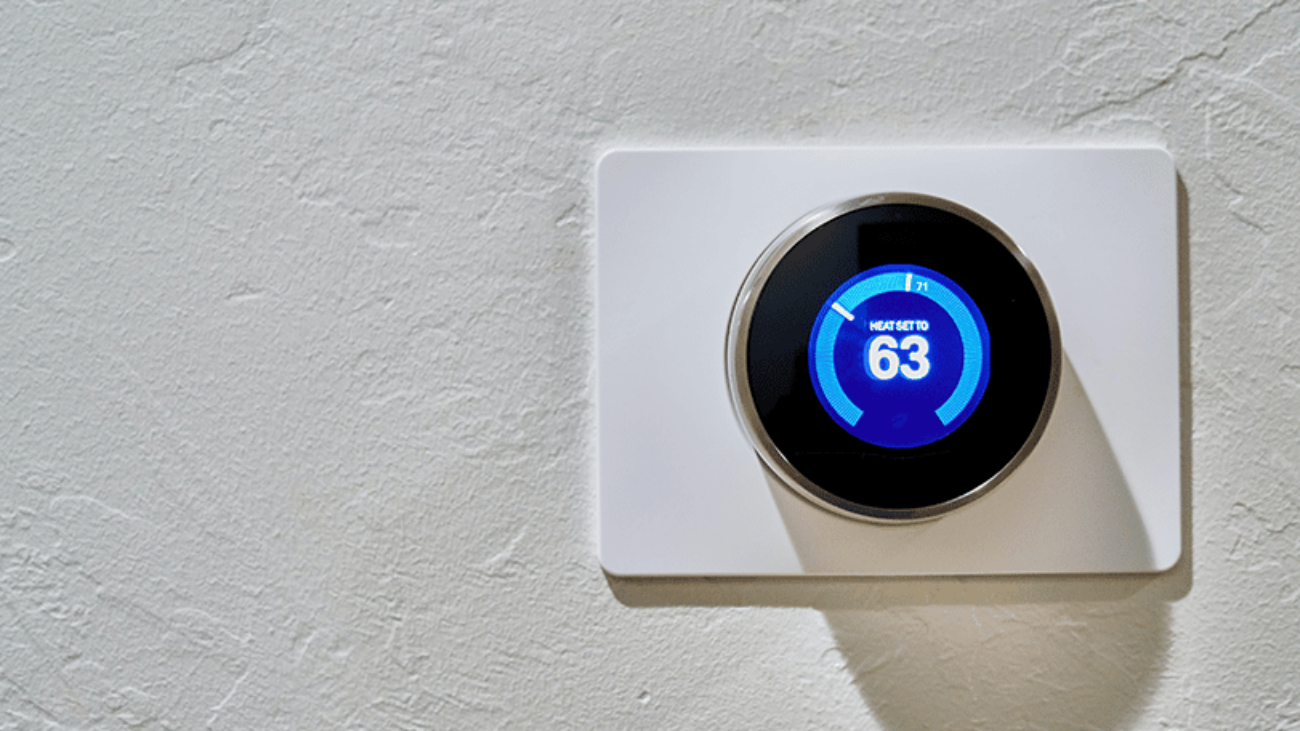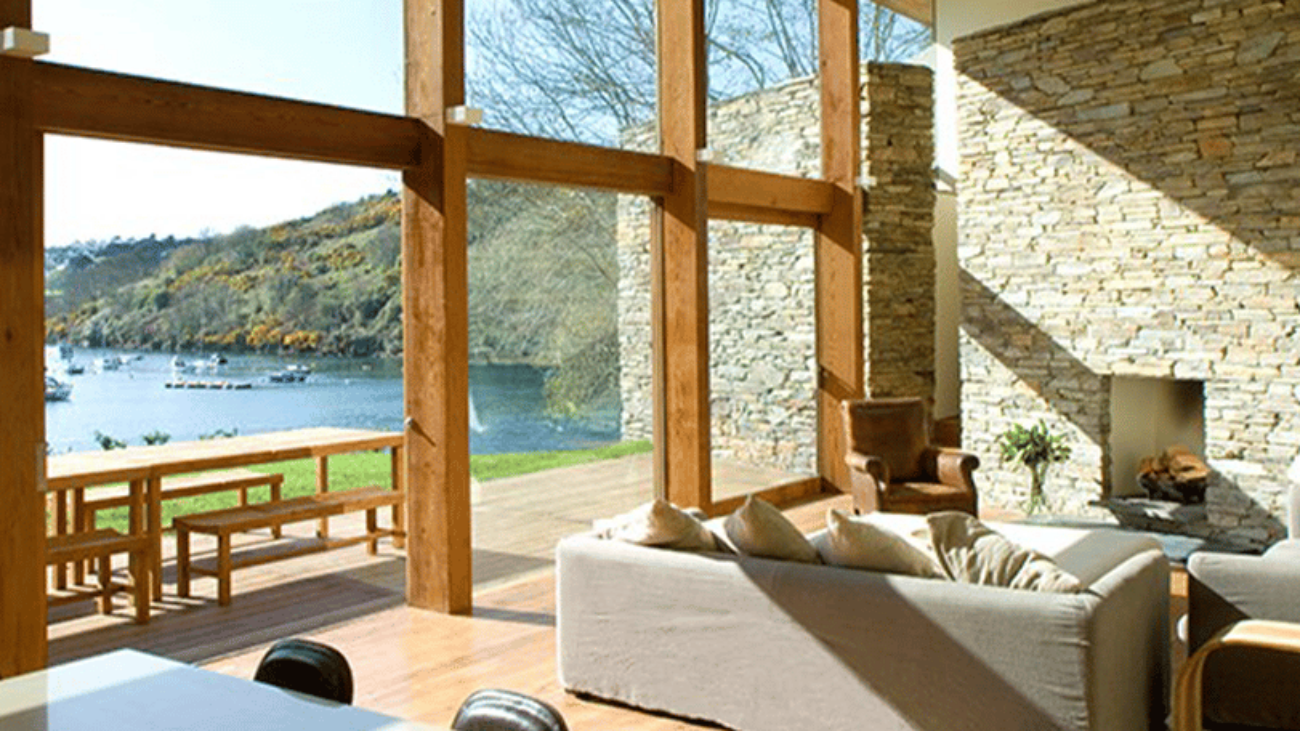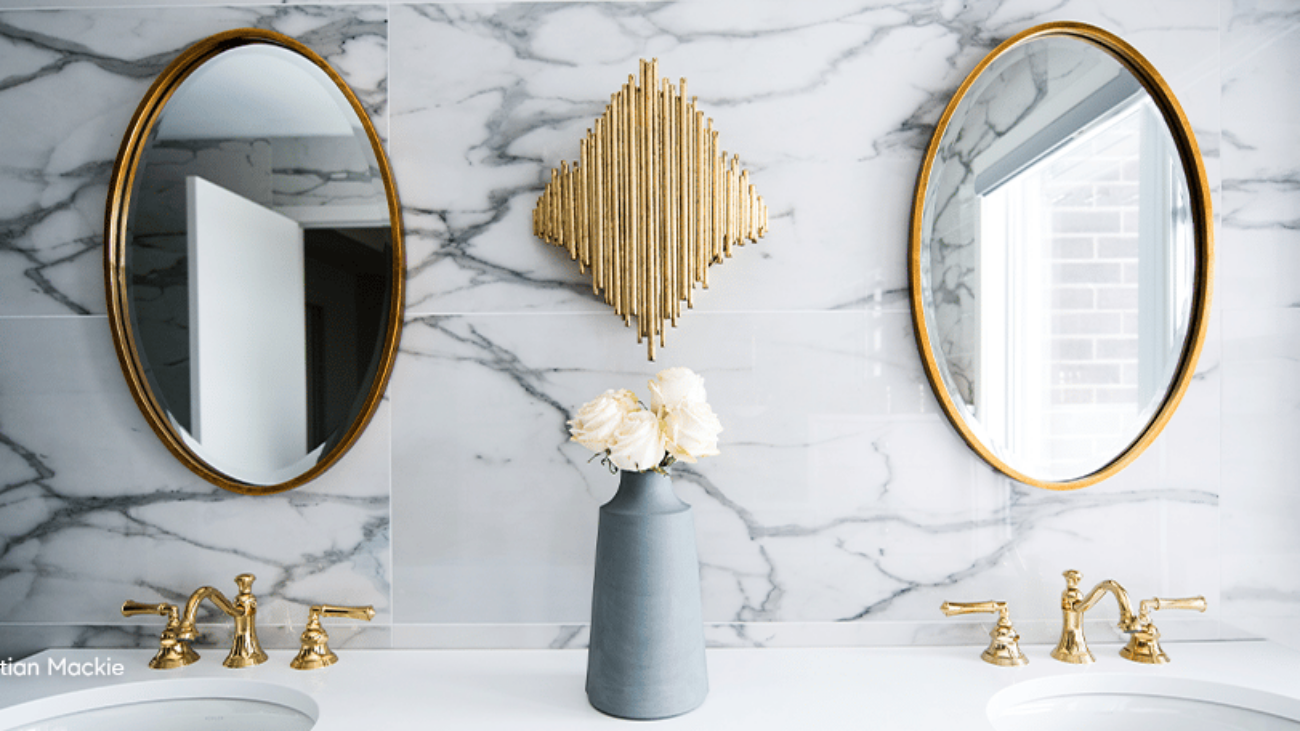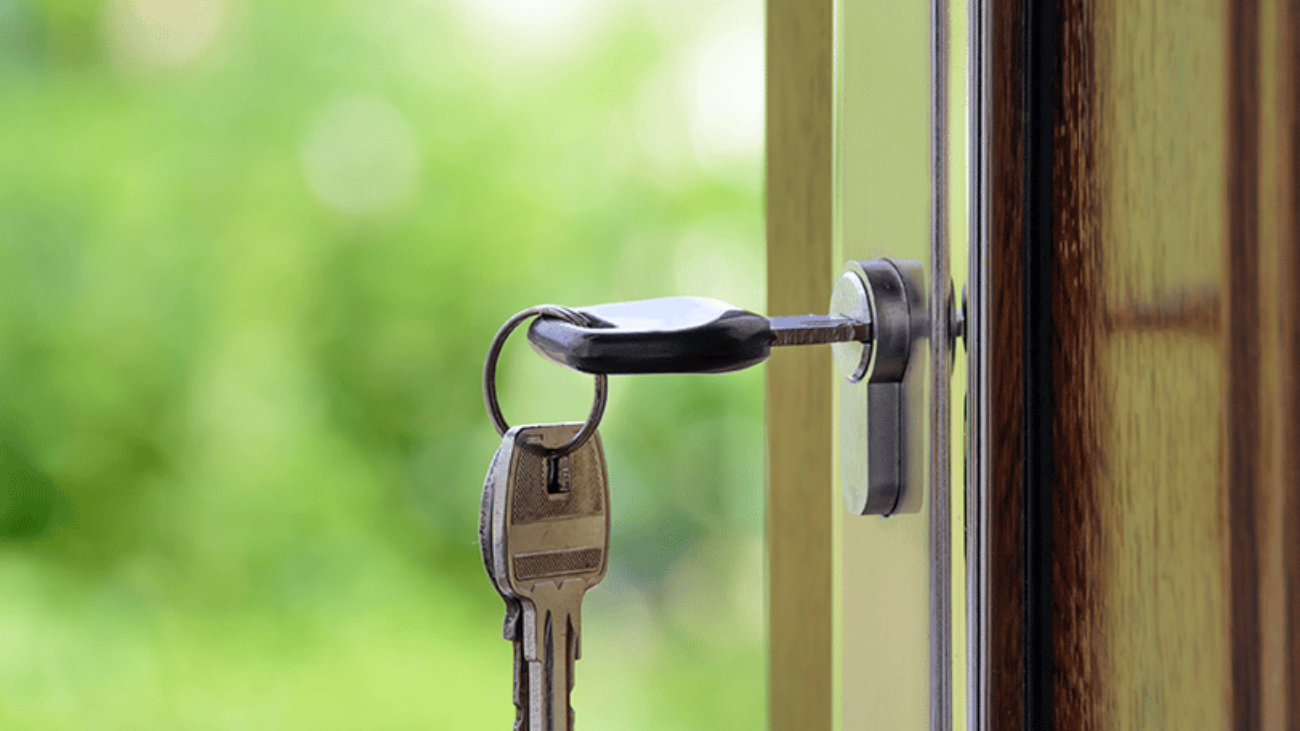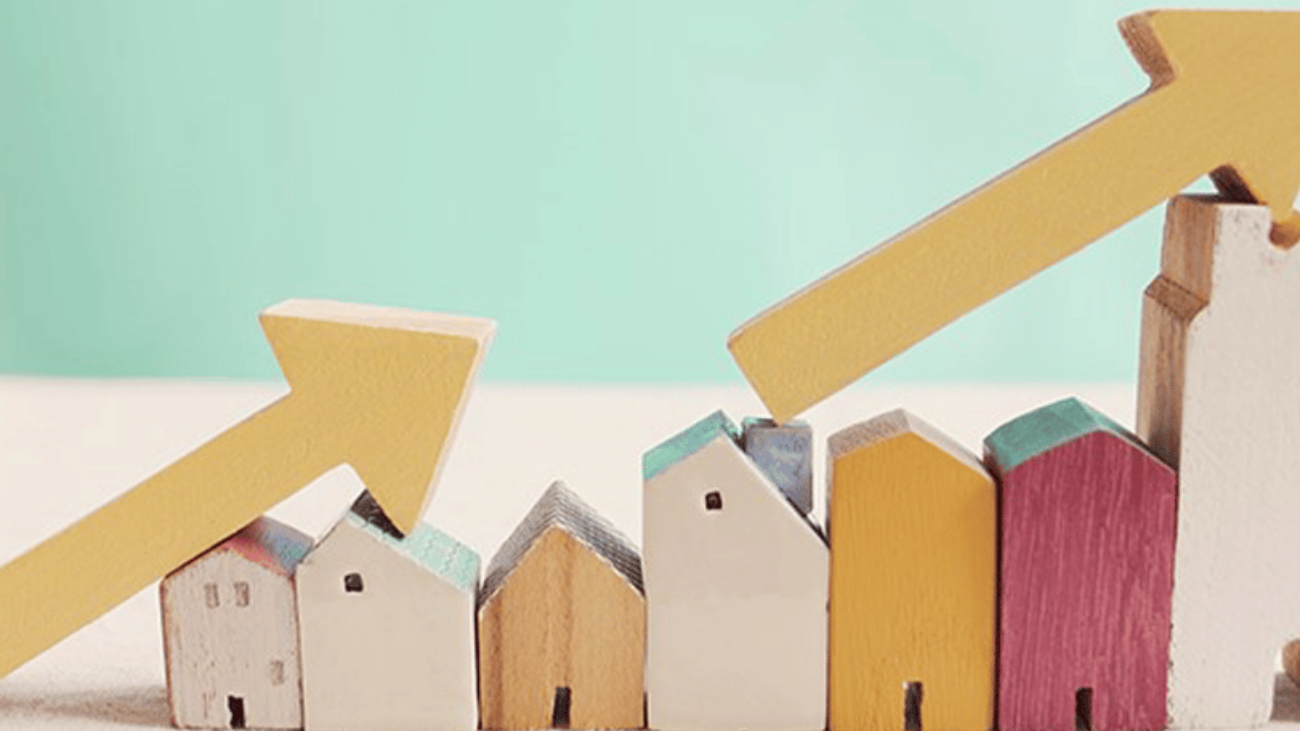You often judge a house by it’s good looks. But guess what? Now you can also judge it by its IQ. Long-buzzed about smart home technology — think smart thermostats, smart lighting, and app-controlled security systems — are moving into more homes. Smart home tech can up your coolness factor and make homes easier to operate. Plus, it may also offer perks when you sell your home one day.
Home shoppers are increasingly looking beyond that killer kitchen upgrade to a seller’s Wi-Fi signal and connectivity. This isn’t just a priority for the techie set. As smart home technology gets more affordable and easier to use, more people are adding devices. Half of U.S. consumers owned at least one smart home device in 2021, up from 35% in 2020, according to NPD Connected Intelligence. The number is expected to grow as homeowners look to save money, feel safer at home, and add convenience.
A Home’s Technology Smarts Matter
Here comes a potential home buyer. Motion-activated lighting automatically turns on as they enter. A smart thermostat adjusts the temperature for ultimate comfort. The smart robot vacuum is keeping the home tidy. The window blinds are adjusting based on the sun’s direction. And the smart speaker is telling them about the home’s features.
Seriously, wouldn’t you be a little impressed?
Four in 10 Americans have bought a smart home device since the COVID-19 outbreak and are more interested in smart home technology, according to a 2020 REALTOR.com study. “The pandemic has driven smart home technology forward,” says Angel Piontek, an associate broker with Coldwell Banker Elite in Fredericksburg, Va. “How we interact with our homes is becoming different. At some point, buyers will expect it.”
The majority of real estate professionals surveyed by Z-Wave Alliance believe smart home technology can help in marketing a home, according to the organization’s 2020 report on smart technology. In fact, some real estate professionals are already using smart home features as selling points. You may spot more icons on online 3D tours of real estate listings that flag smart technology inside a home. Or, during in-person real estate showings, laminated placards may point to devices and highlight what they do.
Smart Home Technology Costs and Buyer Preferences
Consumers between 18 and 34 said they would pay more for homes with home theaters, smart speakers in every room, and connected kitchens, according to the REALTOR.com study. In the 25 to 54 age group, consumers said they’d pay more for solar roof tiles and home battery packs. And for those 55 and older, solar roof tiles, smart doorbells, and security systems would be worth extra money.
It’s tougher to validate that smart technology can generate more money in a home sale. Anecdotally, real estate professionals believe it can: “If a home is marketed correctly and has smart home technology, it can sell for top dollar,” says Kristin Triolo, a broker associate with RE/MAX Platinum Realty in Sarasota, Fla.
Fully automating an entire home with higher-end systems could cost upward of $15,000. But an appraiser would factor in such a system at resale, according to Christopher Matos Rogers, an associate broker with the Matos Rogers Group’s Palmerhouse Properties in Atlanta.
Boosting Marketability with Smart Technology
If you don’t already have smart home technology, some real estate professionals may recommend adding it before you list your home. Tech-savvy generations may expect it. And older adults may be drawn to such systems — particularly voice-controlled ones that support aging in place.
You can easily add smart home technology to modernize an older home and help it compete with newer ones. After all, many homebuilders offer smart home packages to outfit new homes with smart thermostats, app-controlled garage doors, smart lighting, door locks, and video security systems.
Smart home technology investments can range from $20 for adding smart lightbulbs to $20,000 or more for automated solutions that connect systems in one hub for an entire house. For $1,500, you can outfit your home with multiple systems like a smart speaker, smart lighting, and a smart thermostat to increase the home’s smart tech appeal. For about $5,500, homeowners could automate the lights, door locks, and thermostat, and install a smart speaker, hub, and smart plugs in three rooms, according to FixR.com.
Regardless of how extensive your devices are, real estate professionals will typically want to spotlight them. “Buyers may not have a lot of knowledge of smart home technology, but they do know and understand energy savings and cost savings,” Triolo says. For example, a Nest consumer survey estimates that the company’s smart thermostat could reduce a home’s heating costs by 10% and cooling costs by 15%.
What Else Adds Smart Tech Appeal
Bigger brand names in smart home technology — like Nest, Ring, and Lutron — have instant name recognition when selling, says Piotnek.
Ease of use also counts. For example, having to open several apps on a phone to control various aspects of a home can feel cumbersome, says Ellis Gardner, a broker with Keller Williams Realty in Chattanooga, Tenn. But being able to say, “Hey, Google, turn on my lights!” shows convenience.
With smart devices, you’ll need to be clear about what stays and what goes with the home sale. “It’s a gray area with some of these devices on what’s considered personal property,” Piontek says. For example, digital assistants like Alexa or Google Home may be used as your smart home hub. But sellers may consider these personal property to take when they move. “So, it’s really important to get this all in writing so there’s no question at the end of a transaction.”
3 Ways to Avoid Misunderstandings About Smart Home Tech
Avoid misunderstandings about smart home technology with these three tips:
- Find an agent with smart technology expertise. They can help avoid hiccups in selling a smart home and also tend to be savvy marketers of smart tech. Some real estate professionals — like Triolo and Gardner – have smart home certification and extra training through the Residential Real Estate Council, a provider of real estate education and networking.
- Identify which of your smart home technology devices or apps are real property versus personal property. In general, items affixed or hardwired to a house stay — likely your smart thermostat or any switches and mounts. If you plan to take your Nest thermostat or Ring doorbell, replace it before listing. The buyer could figure that anything in the house at a showing will remain with the house.
- Turn over the virtual keys. On closing day, “turning over the passwords in a smart home is like turning over the key to the front door,” says Gardner. For all transferable technology, reset it to factory settings to erase any personal data. Leave instruction manuals or website links for the new owners to open up new accounts.
Smart home technology is improving safety, security, and convenience in homes. Homeowners should also consider the benefits they’ll have when they sell one day, Piontek says. Just like curb appeal, high home appeal may make your home a standout to buyers.
By: Melissa Dittmann Tracey
[/et_pb_text][/et_pb_column][/et_pb_row][/et_pb_section]
